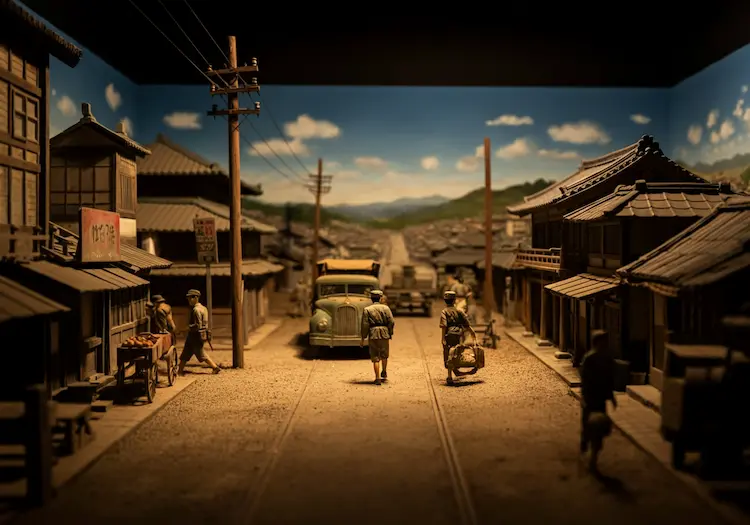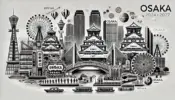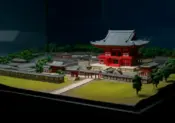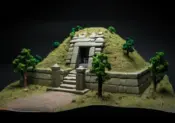Nara in the Showa Era: War, Revival, and the Rise of Tourism
Nara. The name evokes images of ancient temples, graceful deer, and timeless Buddhist statues. It’s a city where the past feels ever-present, a place where centuries of history intertwine. But Nara’s story isn’t confined to ancient times. It’s a city that has lived through modern Japan’s triumphs and tragedies, adapting and evolving while holding onto its precious heritage.
The Showa era (1926-1989) was a period of profound change and upheaval for Japan. It was a time of war, followed by a remarkable recovery and rapid economic growth. This article explores Nara’s journey through the Showa era, examining how the city endured hardship, rebuilt itself, and ultimately emerged as a prominent tourist destination.
Shadows of War
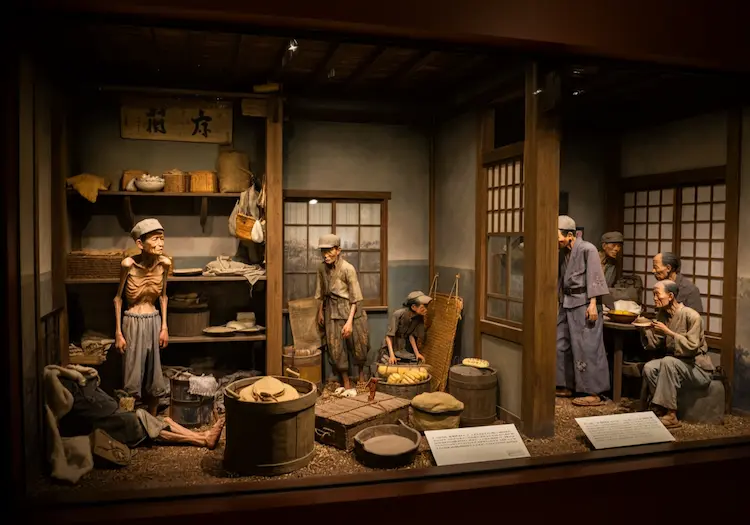
World War II cast a long shadow over Nara. While the city was spared major bombing raids, its citizens faced hardships like food shortages and rationing. Young men were sent off to war, and families anxiously awaited their return. The war disrupted daily life and brought uncertainty and fear.
Though Nara escaped widespread destruction, remnants of the war can still be found. Air raid shelters, built to protect civilians during bombing raids, serve as silent reminders of those difficult times. These shelters, often hidden in hillsides or beneath temples, offer a poignant glimpse into the realities of war.
After the war, Nara, like the rest of Japan, yearned for peace. Peace movements gained momentum, and memorials were erected to honor those who lost their lives in the conflict. These monuments stand as solemn reminders of the devastating consequences of war and serve as symbols of hope for a peaceful future.
Revival and Growth

The postwar years were a time of rebuilding and recovery for Nara. The city faced numerous challenges, including a devastated economy and a shortage of housing. However, the people of Nara displayed remarkable resilience, working together to rebuild their lives and their city.
Nara’s industries underwent significant changes during this period. Traditional crafts continued to play a role, but new industries emerged, contributing to the city’s economic recovery. Tourism, in particular, began to flourish, with Nara’s ancient temples and cultural treasures attracting visitors from across Japan and abroad.
The rapid economic growth of the 1960s and 1970s brought further changes to Nara. The city expanded, new infrastructure was developed, and living standards improved. Nara’s population grew, and the city took on a more modern appearance while retaining its historical core.
The Path to a Tourism Prefecture
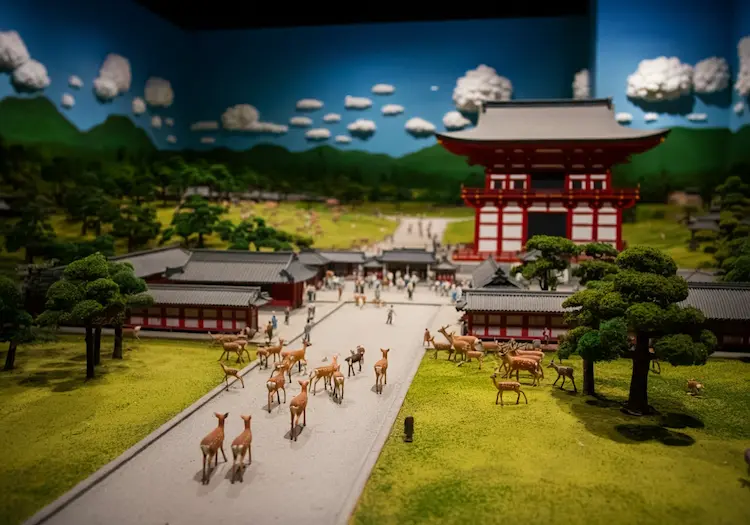
Nara actively pursued its development as a tourism destination. Nara Park underwent further enhancements, with improved facilities and expanded green spaces. New museums and cultural institutions were established, offering visitors deeper insights into the city’s rich history and artistic heritage.
Preserving Nara’s cultural heritage became a priority. Efforts were made to protect historic buildings and artifacts, ensuring their survival for future generations. This commitment to preservation culminated in the designation of several Nara sites as UNESCO World Heritage Sites in 1998, solidifying the city’s status as a global cultural treasure.
Nara also hosted a variety of events to attract tourists. The annual Shosoin Exhibition, showcasing treasures from the Shosoin Repository, became a major draw. The Nara Tokae (Lantern Festival), with thousands of lanterns illuminating Nara Park, created a magical atmosphere and attracted visitors from around the world.
Traces of Showa
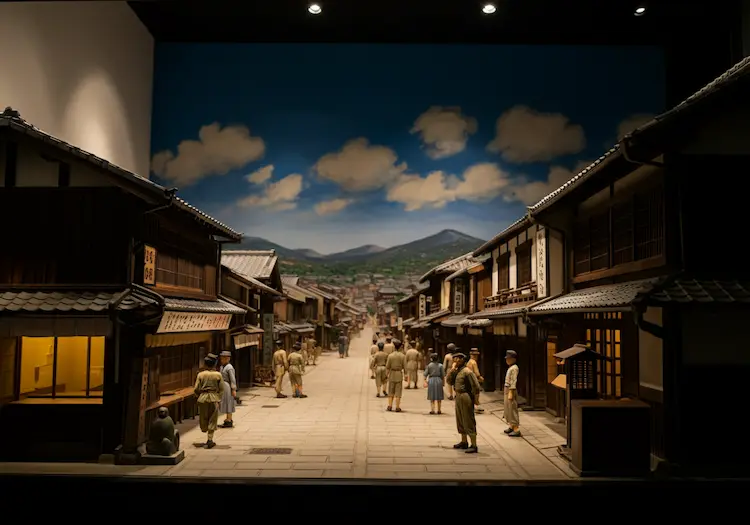
For those seeking a glimpse of Showa-era Nara, the city offers several nostalgic experiences. The Naramachi district, with its traditional merchant houses, retains a charming atmosphere reminiscent of the Showa period. The Mochiidono Shopping Street, lined with traditional shops and eateries, provides a taste of old-world Japan.
Museums like the Nara Prefectural Museum of Folklore offer fascinating insights into the daily lives and customs of people during the Showa era. Exhibits showcase household items, tools, and clothing, providing a tangible connection to the past.
Oral histories and personal accounts from those who lived through the Showa era offer invaluable perspectives on this transformative period. Their stories provide a deeper understanding of the challenges and triumphs experienced by Nara’s residents.
Conclusion
Nara’s journey through the Showa era was marked by resilience, recovery, and remarkable growth. The city endured the hardships of war, rebuilt itself, and ultimately embraced its role as a leading tourist destination. Today, Nara stands as a testament to the enduring power of the human spirit and the ability to preserve tradition while embracing the future. Come explore Nara and discover the layers of history that have shaped this remarkable city.
